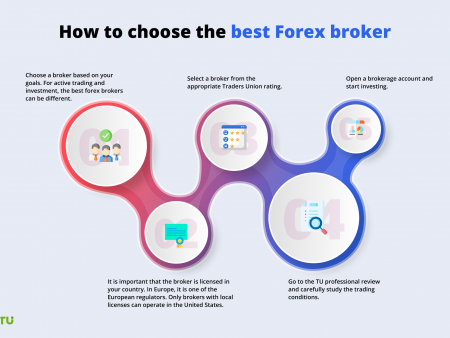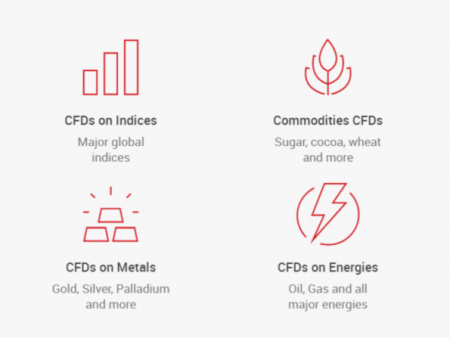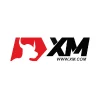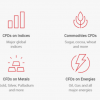
When it comes to trading currencies, forex and CFD trading have their own unique characteristics. Unlike stocks, which are traded in individual denominations, currencies are traded in pairs. One example is the euro being traded against the US dollar, which is known as EUR/USD. Trading currencies involves buying one currency and selling it for another, hoping to see its value appreciate. These currencies are known as the “base currency” and the “quote currency”.
Another key difference between forex and CFD trading is their trading hours. While forex can be traded 24 hours a day, CFDs are restricted to the trading hours of the relevant asset market. Because of this, CFD markets are more volatile than the currency markets. While the currency market is heavily influenced by global macroeconomic events, risk attitudes, monetary policy expectations, international political unrest, and environmental issues, CFD market price swings are affected by individual variables.
Regardless of your trading style, forex and CFD trading allow you to take advantage of financial leverage to invest in the stock market. CFDs are perfect for those who are looking to diversify their portfolios. In addition, they allow traders to speculate on future prices of different financial instruments without owning the actual underlying asset. However, CFD trading does carry risks of leverage, which is why managing risk is essential.
As a beginner, it is recommended that you use a free trading guide to help you learn the ins and outs of forex and CFD trading. These guides are available on the internet, and they contain comprehensive information on how to get started trading forex and CFDs. They also provide tips and strategies for making informed decisions.
As with any new trading strategy, the first step is a thorough understanding of the market. One of the most important concepts to learn is leverage. Leverage involves using borrowed capital to increase your open position. Using leverage, you can multiply your profits and losses by many times. As a beginner, it can be confusing and intimidating, but it can help you make better decisions and be more successful.
Forex trading is a decentralized global market that involves a number of markets of various specialization. Some of these markets include the credit market, commodities market, and foreign exchange market. The difference between CFD and forex is that CFDs are decentralized and do not involve physical asset delivery.
Forex and CFD trading requires significant capital to open and close positions. In order to achieve these levels, you must ensure that you understand margin requirements. Generally, you have to provide a margin of at least 1/100 of your account balance. When using leverage, you must make sure that your position is properly protected.









